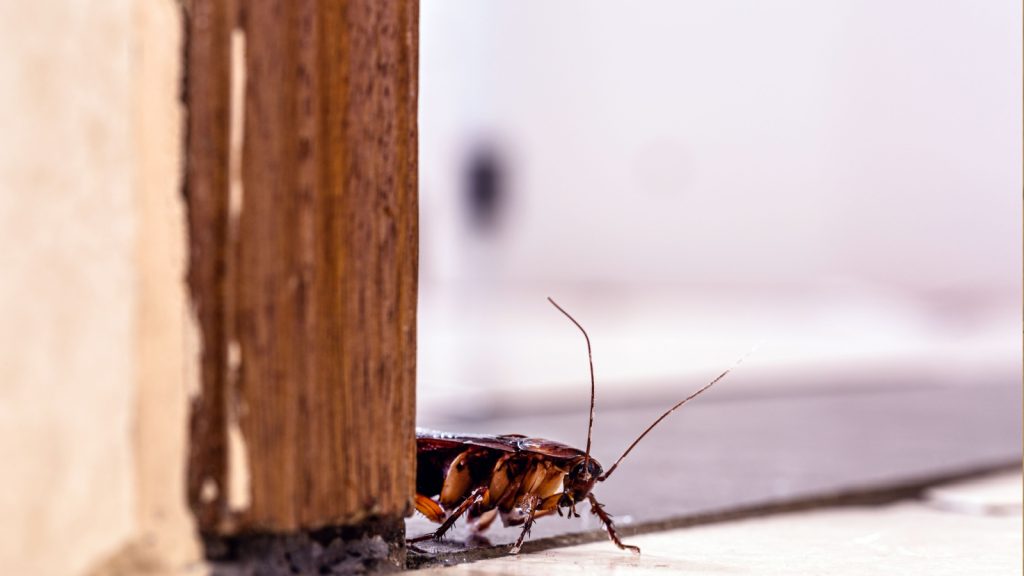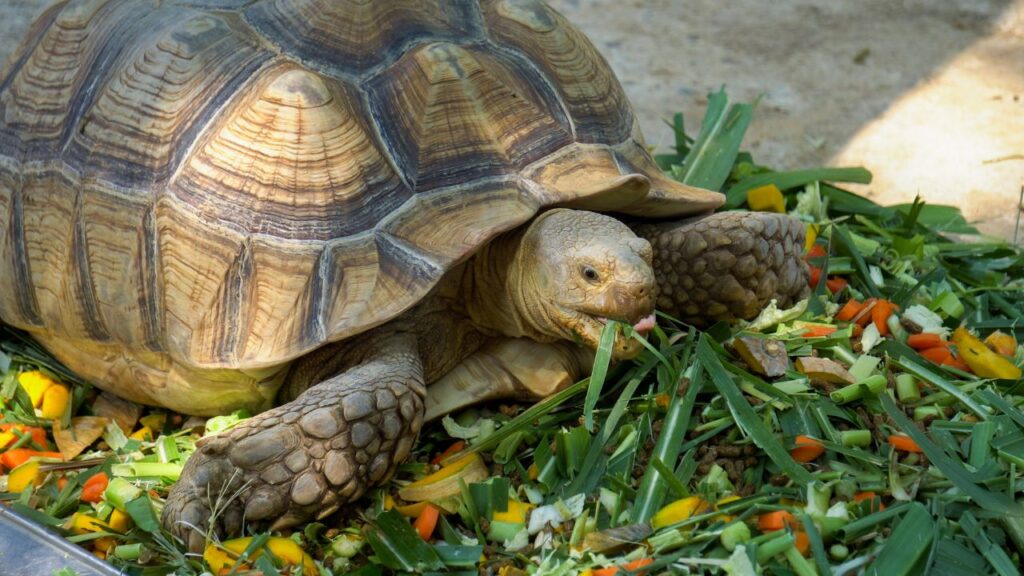Evolution is a constant process, shaping and reshaping life on Earth. But some animals seem to have found a winning formula and stuck with it. These “living fossils” have remained largely unchanged for millions of years, outlasting countless other species and even surviving mass extinction events. From the depths of the ocean to the heart of the rainforest, these creatures offer a fascinating glimpse into Earth’s distant past. They’re a testament to the power of adaptation and the resilience of life itself. Join us as we explore 14 remarkable animals that have stood the test of time, barely changing while the world around them transformed.
Coelacanth
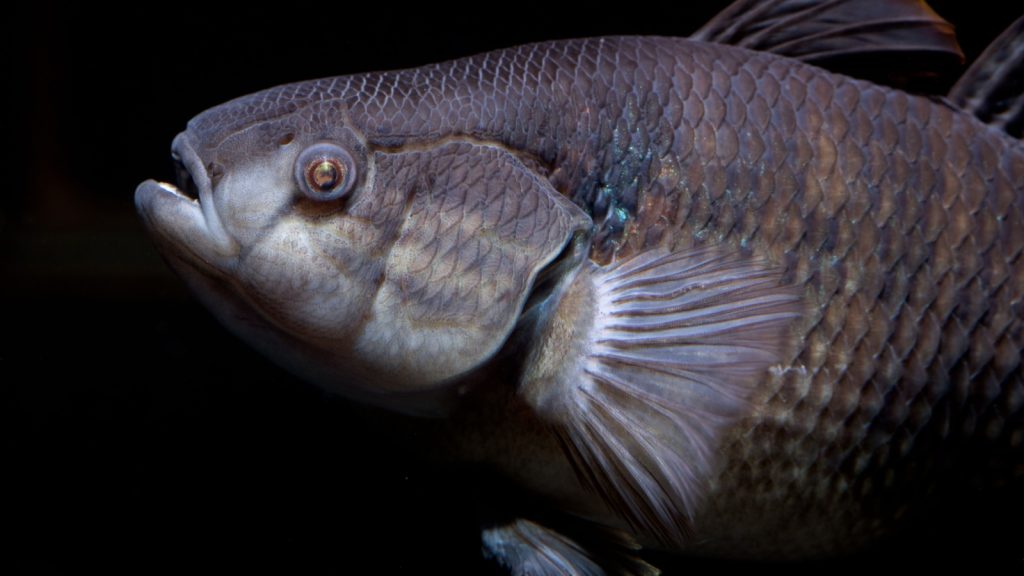
The coelacanth is often called a “living fossil” because it has remained virtually unchanged for 400 million years. Scientists thought it was extinct until one was caught off the coast of South Africa in 1938. These deep-sea fish can grow up to 6.5 feet long and have unique lobed fins that move in a pattern similar to land animals’ limbs.
Horseshoe Crab

Horseshoe crabs have been around for at least 445 million years, predating even the dinosaurs. They’re not actually crabs, but are more closely related to spiders and scorpions. Horseshoe crabs have blue blood that contains a substance used to test the safety of vaccines and medical equipment.
Nautilus

The nautilus has existed for about 500 million years, earning it the nickname “living fossil.” This deep-sea creature is related to squids and octopuses but has a distinctive spiral shell. Nautiluses can live for up to 20 years and dive to depths of 2,000 feet.
Sturgeon
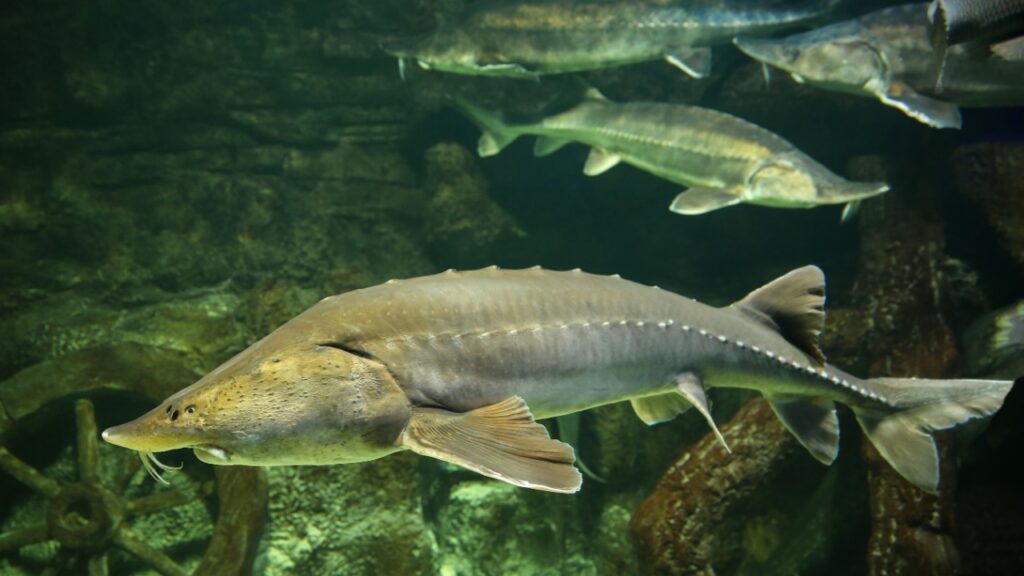
Sturgeons have been swimming in our waters for more than 200 million years, since the time of the dinosaurs. These fish are known for their armor-like scales and their eggs, which are eaten as caviar. Some sturgeon species can live for over 100 years and grow to be 20 feet long.
Tuatara

The tuatara is a reptile found only in New Zealand that has remained largely unchanged for about 200 million years. It’s often called a “living fossil” and is the only surviving member of an ancient order of reptiles. Tuataras have a unique third eye on the top of their head, which may help them absorb UV light.
Ginkgo Biloba

While not an animal, the Ginkgo biloba tree deserves a mention. It has existed for about 200 million years and is often called a “living fossil.” Ginkgo trees can live for over 1,000 years and are extremely resilient, with some surviving the atomic bomb in Hiroshima.
Platypus
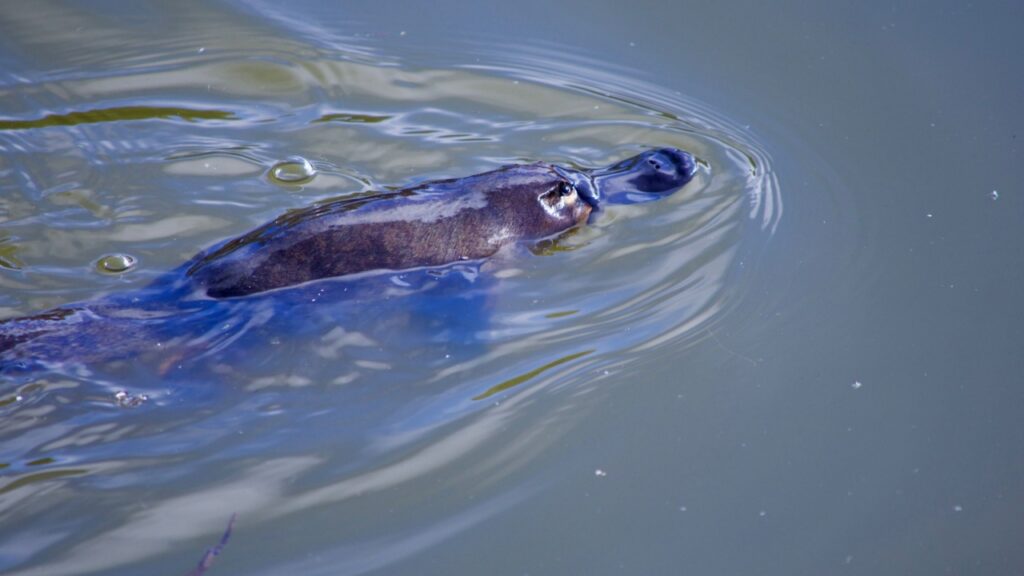
The platypus has remained largely unchanged for about 120 million years. This unique mammal lays eggs, has a duck-like bill, and possesses venomous spurs on its hind legs. Platypuses are one of the few mammals that can sense electrical signals from their prey.
Cockroach

Cockroaches have been scuttling around for about 320 million years, barely changing their appearance. They’re incredibly resilient and can survive without food for a month. Some species of cockroach can even live without their head for up to a week!
Crocodile
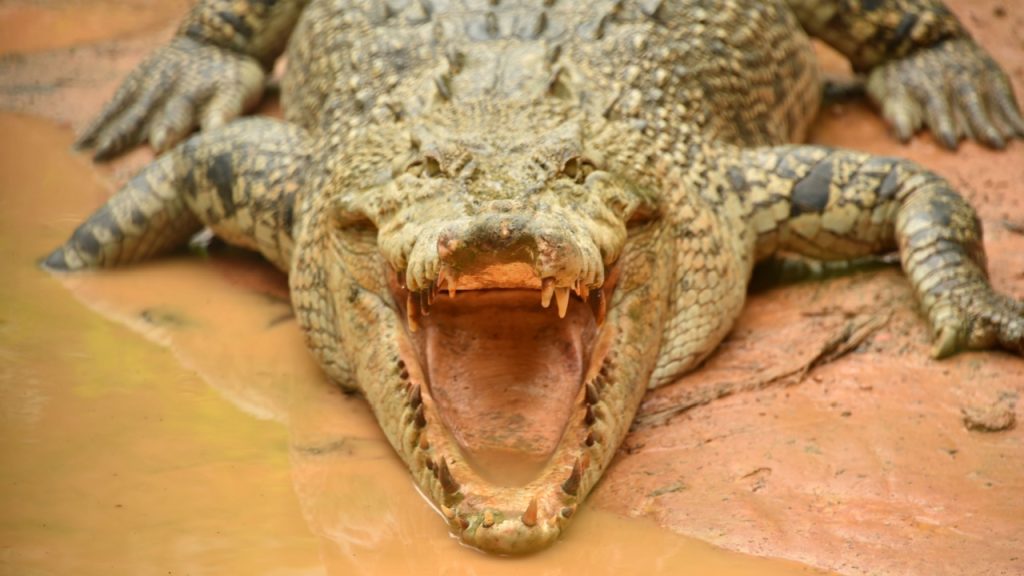
Crocodiles have been around for about 200 million years, outliving the dinosaurs. They’ve changed very little in that time, maintaining their powerful jaws and armored skin. Crocodiles can go for months without eating and have the strongest bite of any animal on Earth.
Horseshoe Shrimp

Triops, also known as horseshoe shrimp, have remained virtually unchanged for 300 million years. These small crustaceans can survive in temporary pools by laying drought-resistant eggs. When the pool dries up, the eggs can remain dormant for years until water returns.
Lungfish
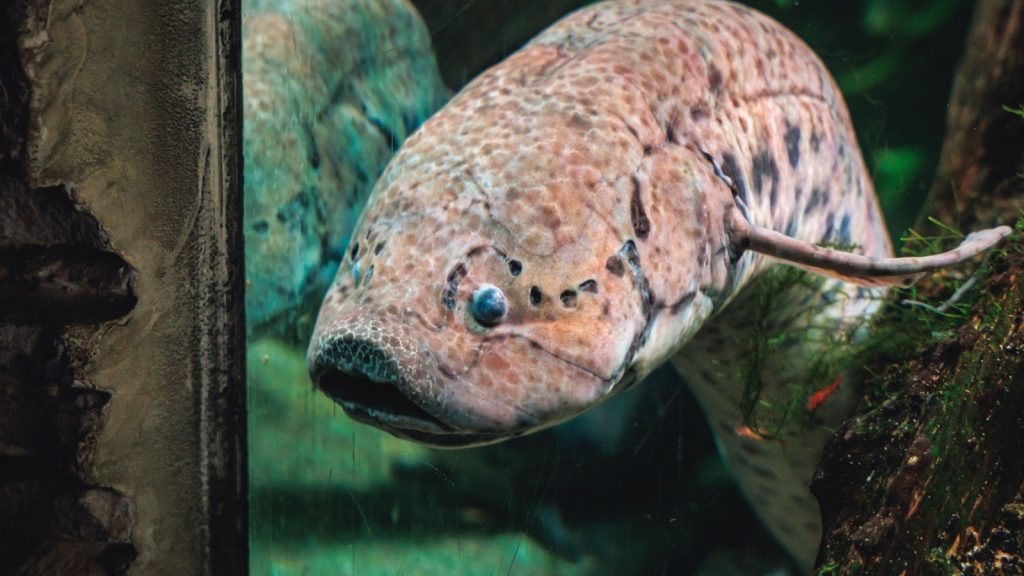
Lungfish have been around for about 400 million years and are considered living fossils. They have the unique ability to breathe air and can survive out of water for extended periods. Some species of lungfish can even estivate, entering a hibernation-like state during drought.
Tadpole Shrimp

Tadpole shrimp have existed for about 300 million years, earning them the title of “living fossil.” They’re found in temporary freshwater pools around the world. Tadpole shrimp eggs can survive for decades in dry soil, hatching when water returns.
Elephant Shark
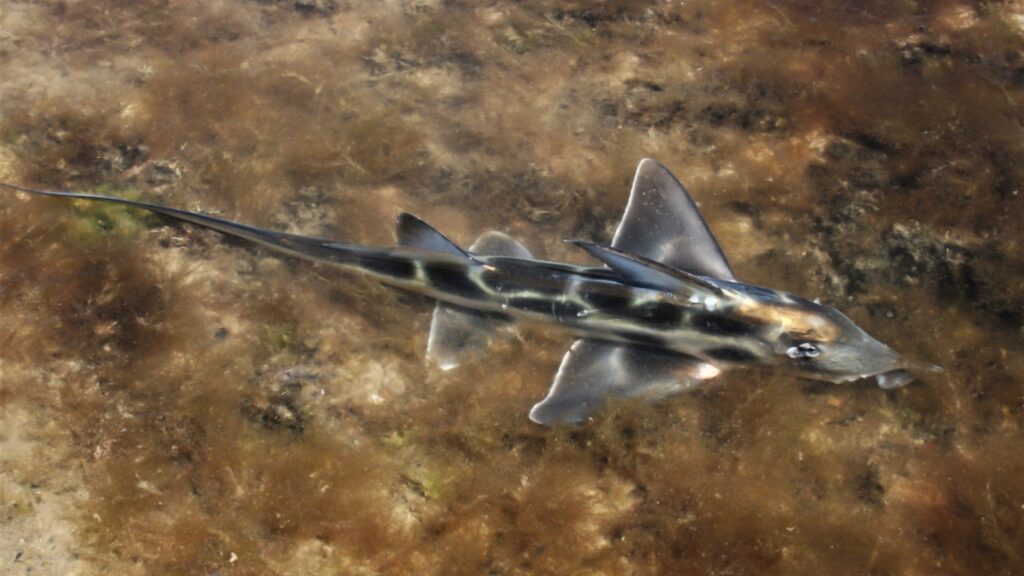
Despite its name, the elephant shark is actually a type of fish that has existed for about 420 million years. It’s considered the slowest-evolving vertebrate known to science. Elephant sharks have a skeleton made of cartilage and use electroreception to find prey.
Lamprey
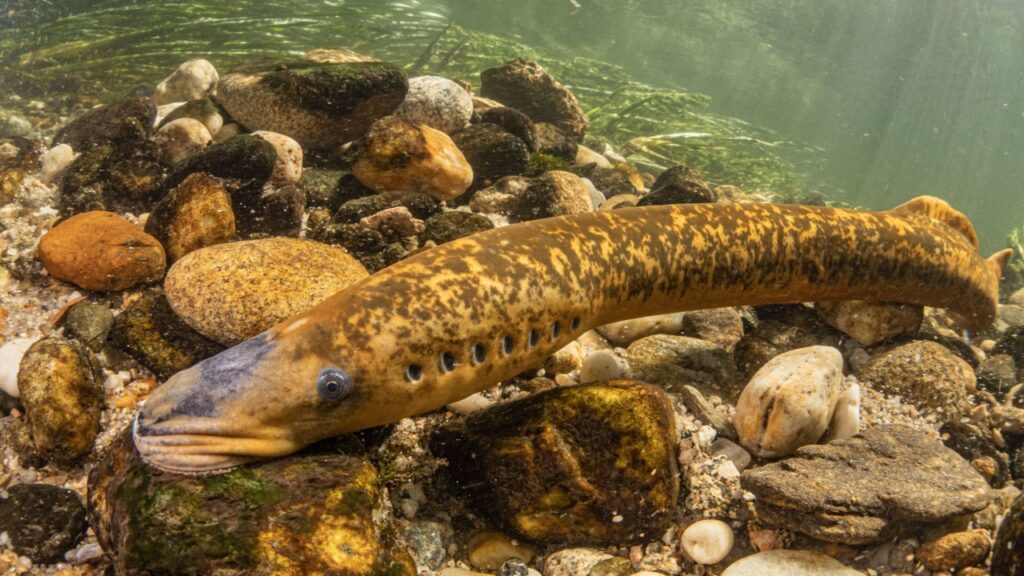
Lampreys are jawless fish that have been around for about 360 million years. They have a circular, tooth-lined mouth that they use to latch onto other fish and feed on their blood. Some species of lamprey can live in both freshwater and saltwater environments.

